Simplifying Precision Agriculture & Making Farms Autonomous
Loggā is a hardware-enabled data platform that helps optimize water and electricity consumption and reduce wastage of resources, including labor, making farms more autonomous, more sustainable, and more productive. Loggā simplifies the entire precision farming process and makes it affordable for farms to get valuable data insight, optimize their consumption of scarce or expensive resources, reduce staff load and human error, and monitor equipment against malfunctions, all in one system.
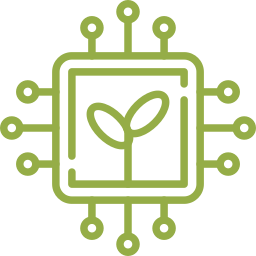
Data Collection
Our tiny data loggers record and collect data from various sensors such as temperature, humidity, light, soil moisture and more. We have developed a universal metrics concept that allows us to add new sensors and metrics to our system in a matter of days.

Data Analytics
A dashboard with intuitive data visualization to help detect patterns, manage all devices, receive invaluable insights and actionable recommendations. Farms can also remotely monitor equipment status and detect equipment failures fast, reducing risks of damage to crops.
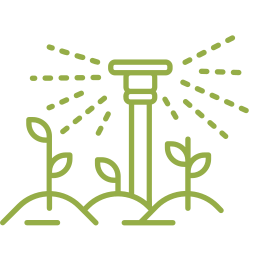
Autonomous Actions
Actions are triggered and equipments are operated automatically or remotely. Client can select which metrics they want to record (temperature, humidity, VPD, soil moisture, light…), and select preset scripts and workflows to automate actions accordingly.
"If 25 percent of all farms adopted precision farming by 2030, it would lead to yield increases of up to 300 million tonnes per year, a reduction in farming costs of up to US$100 billion per year and a reduction of waste water by up to 150 billion cubic meters per year." - Bell Labs Consulting
Fighting A Real Problem
By 2050, the global population will reach 10 Billion people. Food security will then become a real concern as 56% more food will be needed to feed 10 Billion people, and this must be acheived without using more land, and while lowering emissions. Sustainable farming is seen as a great potential solution, but it still faces big challenges.Water Scarcity Demand for water is very high in Agriculture (70% of the world's accessible freshwater) and limiting water usage is challenging because some 60% of accessible water is wasted due to leaky irrigation systems, inefficient application methods, manual control of irrigation.High Energy consumption is both an environmental and economic challenge, as farms, especially Indoor farms, heavily rely on electricity, and alternative renewable energy sources are not always available or ready for market.High Operating & Labor Costs with labor representing as high as 57% of operating costs in some cases, followed by the cost of operating sustainable farming methods and technology.High reliance on Technology Farms rely heavily on technology to ensure the smooth operation of critical systems, such as temperature, lighting, irrigation, and humidity, which makes them susceptible to unpredicted malfunctions and glitches, and many do not have proper equipment monitoring in place that can alert and enable fast recovery, resulting in catastrophic consequences for crop yields.
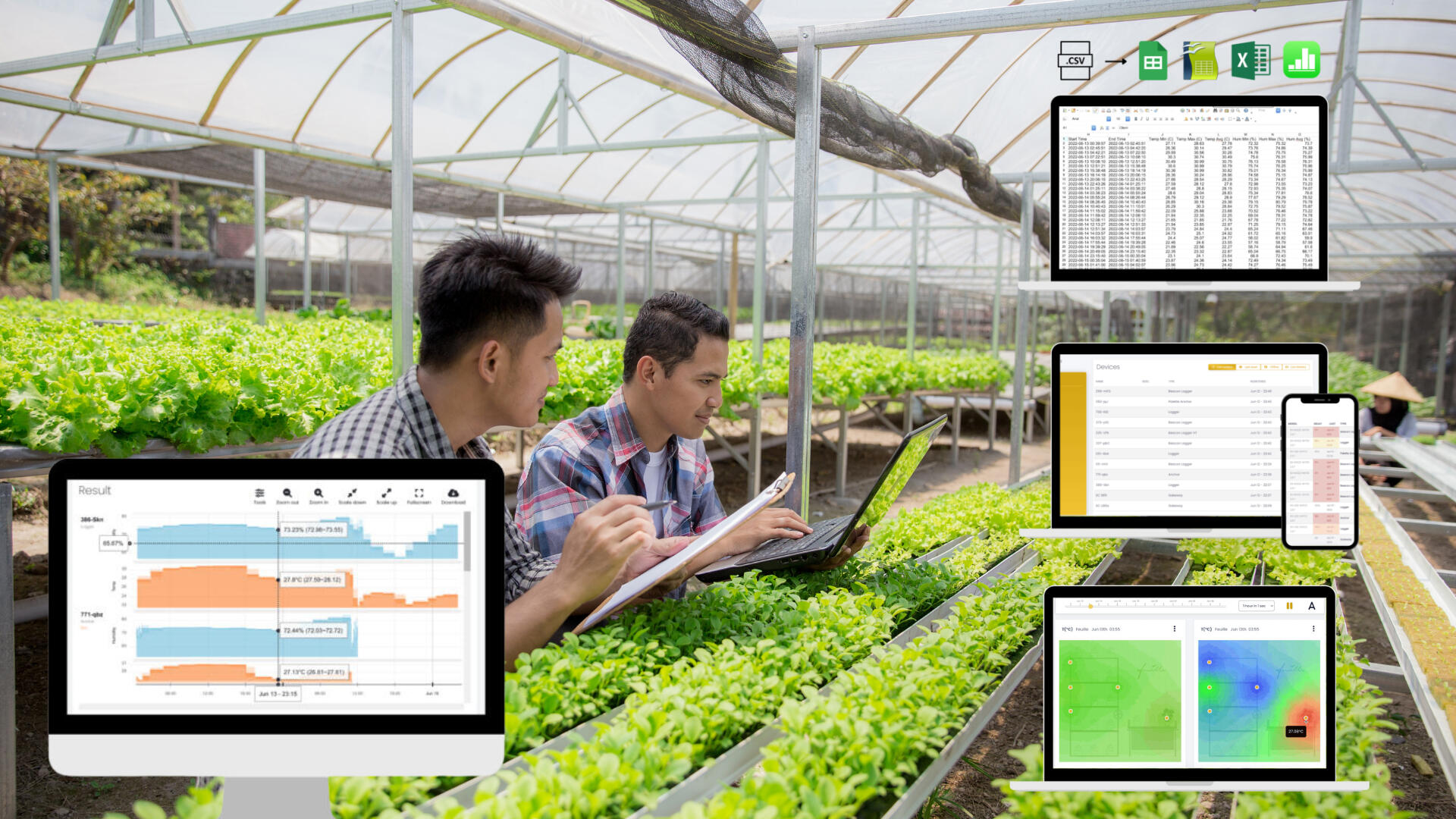
CONNECTIVITY
Data gateways are devices connected to the Internet and when any of our data loggers are in proximity of our gateway devices, they connect with each other using Bluetooth Low Energy (BLE) and the data loggers then send the data to the servers. The data then becomes available on a Web portal for further analytics, reporting and actionable tasks.
WiFi
Our control units are devices that connect with our data loggers in the field and serve as a gateway to transfer all the data from the devices to the servers for processing. The gateway device is easy to configure using your WiFi network and you can put as many gateways as you need to cover your area. Typically the range of Bluetooth BLE to communicate with our data logger devices is about 50m but since walls and other factors can affect the range, we suggest testing your range and adding more gateways if many rooms must be covered.
GSM (SIM card)
Sometimes there is no WiFi network available. It needs an alternative way to connect to the Internet. Using a GSM SIM card becomes a convenient way to be conneced on the go, no matter where the gateway device is, as long as within the range of a cell tower.
Extend range with a Mesh
A mesh network (also called meshnet) is a setup in which each gateway devices connect directly, dynamically, and non-hierarchically, to other gateways and cooperate with one another to efficiently relay data until it find a gateway that has an Internet connection and is able to send the data to the server.This lack of dependency on one gateway device allows for every gateway to participate in the relay of information. Mesh networks dynamically self-organize and self-configure hich enables a dynamic distribution of workloads, particularly in the event a few nodes should fail.
HOW LOGGĀ WORKS
Loggā uses tiny data logger devices to collect and analyze data from multiple sensors (e.g. temperature, humidity, soil moisture…). Loggā then identifies patterns and areas of concern such as identifying metrics out of optimal range (for example Vapour-Pressure Deficit or VPD which is the driving force of plant transpiration, and plays a crucial role in water and nutrient uptake, and must always stay within a specific range). Loggā can then automate equipment accordingly (watering pump, fans, lights etc…) or provide remote control of equipment, whenever human interaction is necessary.
We simplify the entire process, provide easy to digest data visualization in a dashboard, and make it an affordable solution to address a number of key challenges with a unique value proposition that optimizes water consumption, optimizes energy consumption, reduces staff load and human error, and increases crop yield and quality, all in one single system.Loggā can identify patterns and help predict optimal amounts of water for example. It can then control water pumps or valves, optimize the watering process, avoiding overwatering and underwatering. We can also turn on/off fans to control temperature or humidity, and optimize VPD, reducing risks of mold and some diseases.Part of any good autonomous system is monitoring and one important feature of Loggā is the ability to remotely monitor equipment status and detect equipment failures fast, reducing risks of damage to crops.Since the system operates automatically, no staff is needed to perform operations to turn the equipment on and off, which saves precious time, and resources, especially in large farms and remote areas. And if human interaction is required, the ability to remote control an equipment at large distances saves tremendous labor time and cost.
WHO WE ARE
Loggā is developed by Emertech, a technology startup headquartered in Hong Kong, with resources spread across Europe and Asia.Our startup graduated from the incubation programme at HKSTP (Hong Kong Science & Technology Park), an ecosystem that contributed to the development, early stage technical builds, market exploration and business development of our product in Asia as well as in Europe, and the Middle East.Emertech is a member of the HKSTP Startups Alumni Association, a vibrant community of tech ventures, mentors, influencers, partners, and leading enterprises in Hong Kong.

Our goal is to turn data into information, information into insight, and insight into autnomous actions
CONTACT
Talk to our team to discuss our Loggā platform and see how our precision agriculture solution and devices can answer your specific needs.
Thank You
Thanks for getting in touch with Loggā. One of our team members will get back to you shortly!
